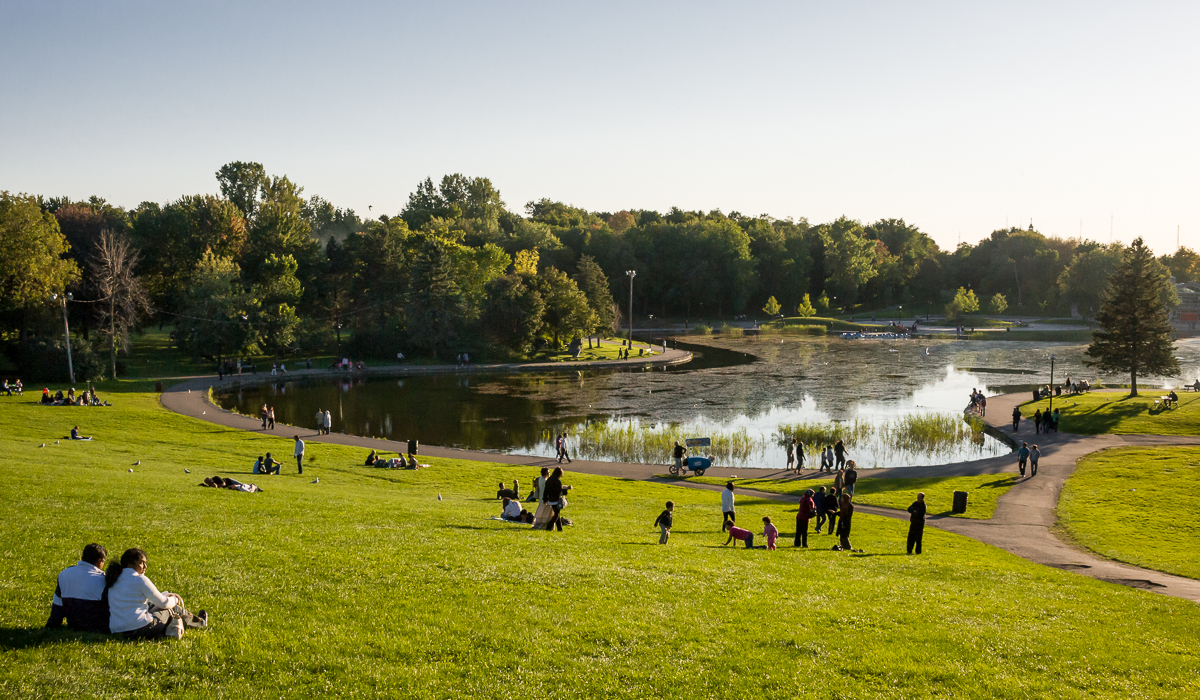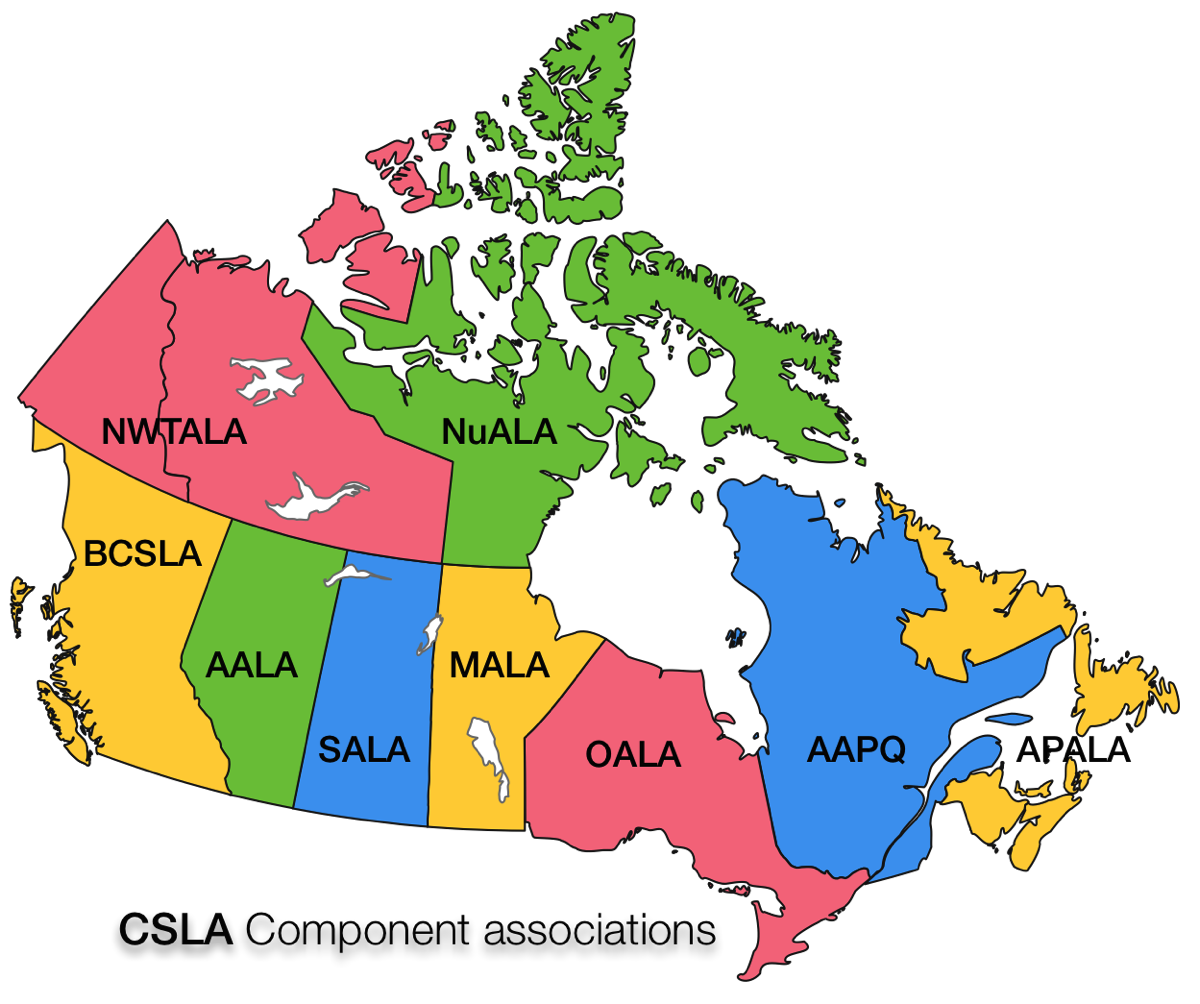
COLLECTIONS
FIRST EDITION - SIGNIFICANT LANDSCAPES PORTFOLIO
Canadian Landscapes Portfolio Collections & Document
SALA - SASKATCHEWAN ASSOCIATION OF LANDSCAPE ARCHITECTS

LANDSCAPES OF THE EXTREMES…
Saskatchewan is truly the province of extremes. If you have only experienced Saskatchewan from the TransCanada Highway, what you will likely be struck by is the paper flat landscape of the glacial lake bed that surrounds the capital city of Regina, and the lack of any vertical feature save for the downtown office buildings. It is an extreme landscape. While travelling that highway, you may also have experienced the extreme summer winds and the resulting storms that roll through the region after a very hot day; you can see the storms for hours before they reach you. Whether in winter or summer, if you take a moment, you can envelope yourself in the broad expanse of the shimmering blue sky, from flat horizon to flat horizon – truly a land of the living skies.
If you are fortunate enough to turn off that highway, you can experience the wonder of the Great Sand Hills, a constantly moving landscape that is carved and molded by those same winds. Another turn will take you to Grasslands National Park where the vistas and overlooks will take your breath away and will move the imagination to a time before there were roads, towns and electric wire.
If you are even more fortunate, you can travel from those vast open plains, north through the aspen parkland and Saskatoon, the Paris of the Prairies, to great swaths of thick boreal forest where lakes and rivers abound, attracting paddlers and fishers alike. Beyond the road, you’ll need to take a plane but it is well worth the money to fly over the winding and weaving Athabasca Sand Dunes and the thousands of Shield Lakes. Boreal forest and the Canadian Shield make up a majority of the Saskatchewan landscape and are as opposite to Regina’s glacial lake bed plains as is possible.
If you are able to make these trips once, you’ll need to visit another time to experience them in the winter. As much as the plains are hot in the summer, they are equally as cold in the winter. The winter temperatures are so extreme they will make your lungs hurt to breathe and the winds can create snow drifts the height of your garage. But the sky and snow put on a show in winter. Northern lights can be seen all year toward the 60th parallel, but can be seen best in the dark of winter. The winter sky sparkles with ice crystals and the snow pack shimmers like many tiny disco balls.
Perhaps the most extreme part of Saskatchewan is the change in perspective you will have about the province’s landscapes, once you get to take a road trip here.
If you are fortunate enough to turn off that highway, you can experience the wonder of the Great Sand Hills, a constantly moving landscape that is carved and molded by those same winds. Another turn will take you to Grasslands National Park where the vistas and overlooks will take your breath away and will move the imagination to a time before there were roads, towns and electric wire.
If you are even more fortunate, you can travel from those vast open plains, north through the aspen parkland and Saskatoon, the Paris of the Prairies, to great swaths of thick boreal forest where lakes and rivers abound, attracting paddlers and fishers alike. Beyond the road, you’ll need to take a plane but it is well worth the money to fly over the winding and weaving Athabasca Sand Dunes and the thousands of Shield Lakes. Boreal forest and the Canadian Shield make up a majority of the Saskatchewan landscape and are as opposite to Regina’s glacial lake bed plains as is possible.
If you are able to make these trips once, you’ll need to visit another time to experience them in the winter. As much as the plains are hot in the summer, they are equally as cold in the winter. The winter temperatures are so extreme they will make your lungs hurt to breathe and the winds can create snow drifts the height of your garage. But the sky and snow put on a show in winter. Northern lights can be seen all year toward the 60th parallel, but can be seen best in the dark of winter. The winter sky sparkles with ice crystals and the snow pack shimmers like many tiny disco balls.
Perhaps the most extreme part of Saskatchewan is the change in perspective you will have about the province’s landscapes, once you get to take a road trip here.
You are looking for more information on the 2016 Portfolio?
Or 2017?

Lac des castors… Parc du Mont Royal (QC)
Auto Reply
We want to thank you for your interest in the Portfolio Initiative. We will answer to your request as soon as possible…
Thanks again…
Coordination team - Jean Landry
Coordination team - Jean Landry












